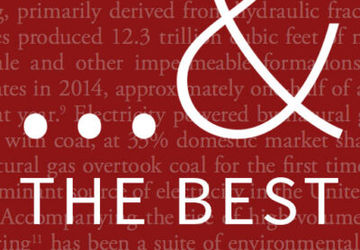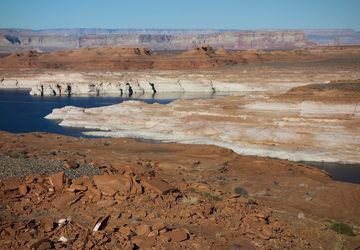
A PhD student at Utah State University's Department of Watershed Sciences, Christina Morrisett, '15, is a scientist with a passion for serving rural communities. She grew up in small Alaskan fishing towns and, after Stanford, she had every intention of going back. “I grew up with tons of open space and easy access to the outdoors,” she says. “It was something I really missed at Stanford.”
But after her graduation in 2015, it was a Bill Lane Center summer internship that took her to southeastern Idaho and the Henry’s Fork Foundation. HFF is a nonprofit organization devoted to conserving the watershed around a spectacularly scenic Snake River tributary that is popular with anglers from all over the country.
As the Center celebrates its 100th internship placement this year, we're pleased to look back at Christina’s experiences on Henry’s Fork and how they transformed her career after Stanford.
Learn more about the Center’s Summer Internships
Plunging Into the Deep End
Almost before she could unpack, the executive director asked her to deal with a crisis: a hot and dry springtime had forced the early release of irrigation water from an upstream reservoir. This would provide farmers with much-needed water, but fly fishers would be swamped by a rushing river. “It was the opening weekend of the ranch fishery,” she said, describing an important event for the foundation. “People were having a hard time fishing because there was too much water in the river.”
Christina’s new boss asked her to open up a statistics program and plot a comparison of water years so anglers would understand why water was needed downstream. She was only just beginning to master the technology, and struggled at first, but the report came out. “It was incredibly rewarding to be an integral part of a project so immediately relevant,” she wrote in a 2015 post for our Out West student blog.
Mentorship Matters
Morrisett credits her supervior, HFF senior scientist Rob Van Kirk, who let her swim on her own, while staying close at hand. “Thankfully,” she says, “Rob is the kind of mentor who was really invested in me. He would let me struggle so I could learn, and then we would work through it and figure it out. He never left me in the dark and then expected all the answers.”
She's proud that her work continued to be used for the rest of the summer in communicating with anglers, guides, and outfitters on the Henry’s Fork. And feels that the experience has served her well in her academic career as well.
“It was definitely a learning curve, but it's been really helpful in my career that I knew [the statistical analysis application] R before going to grad school,” she says. Years later, she adds, “my peers were banging heads against the wall, really frustrated because they don't know anything about coding and R and how to do statistics for environmental science,” she adds.
“And I was like, "I've been there, don't worry!”
Making a Future in the West
“I found the rural American West,” she says, “and I thought, ‘Oh! This is where I'll be most useful.’”
At Henry’s Fork, for lack of a better term, she was hooked. Christina stayed on for another year before heading to the University of Washington for her masters in Aquatic and Fishery Sciences. “I found the rural American West,” she says, “and I thought, ‘Oh! This is where I'll be most useful.’”
This fall, she arrived at Utah State University to begin her PhD work. Working as a National Science Foundation trainee, Christina’s research will take her back to Idaho and the Henry’s Fork Foundation to see how water managers can use the land to store spring runoff so it can be used later, when it is most needed.
"The project will investigate if we can use managed aquifer recharge in southeastern Idaho as a climate change mitigation tool for fish and farmers in the late summer,” she says. “When a lot of water is being diverted for irrigation, can we get cool groundwater returns to lower water temperature and increase supply?"
A Scientist in – and of – the Community
Decisions can't just come from scientists who just live in the community. They have to be a part of the community. You have to be the softball coach, or the girl scout leader, to be invested yourself.
But more importantly, Christina says she wants to make sure environmental science is rooted in the communities it serves, a lesson she draws from her time at the Henry’s Fork Foundation and her time in Alaska.
“I remember there being a disconnect between fishermen and managers growing up. We all lived in the same town, but it seemed like no one was talking to anyone else. I remember even the two summers I was working for the Alaska Department of Fish and Game, being stopped in the grocery store by fishermen asking, ‘how come you aren't opening area E? We know there are fish in there.’ I had no idea how to answer them because I wasn't informed on management decisions or how to communicate them to the public.”
Instead, she says, “I want to work for an NGO focusing on water resource management and do community-driven science. Decisions can’t just come from scientists even who live in the community. They have to be a part of the community. You have to be the softball coach, or the girl scout leader, to be invested yourself.”
Approaches like this can work, she says, citing a 20-year-old collaboration between farmers and “fish people” in Idaho. The Fremont-Madison Irrigation District and the Henry’s Fork Foundation came together, “like fish people, water people, farmers,” she says, “people who could barely be in the same room together, working together to manage watershed resources in the region. They always reminded us at the beginning of every meeting how far they’ve come over the past 20 years.”
Learn More About Summer Internships
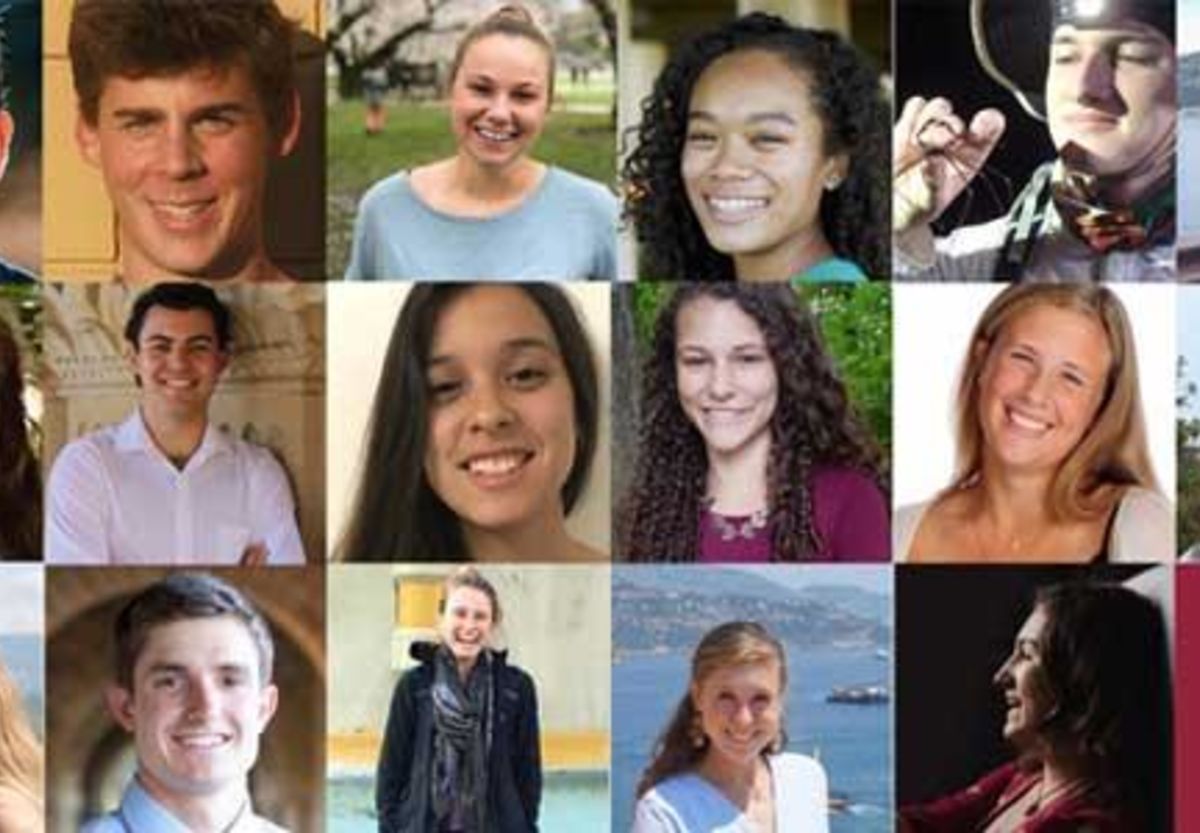
Western Summer Internships
Every summer, the Bill Lane Center for the American West offers many opportunities for Stanford undergraduates (including graduating seniors) to work with organizations throughout the West.
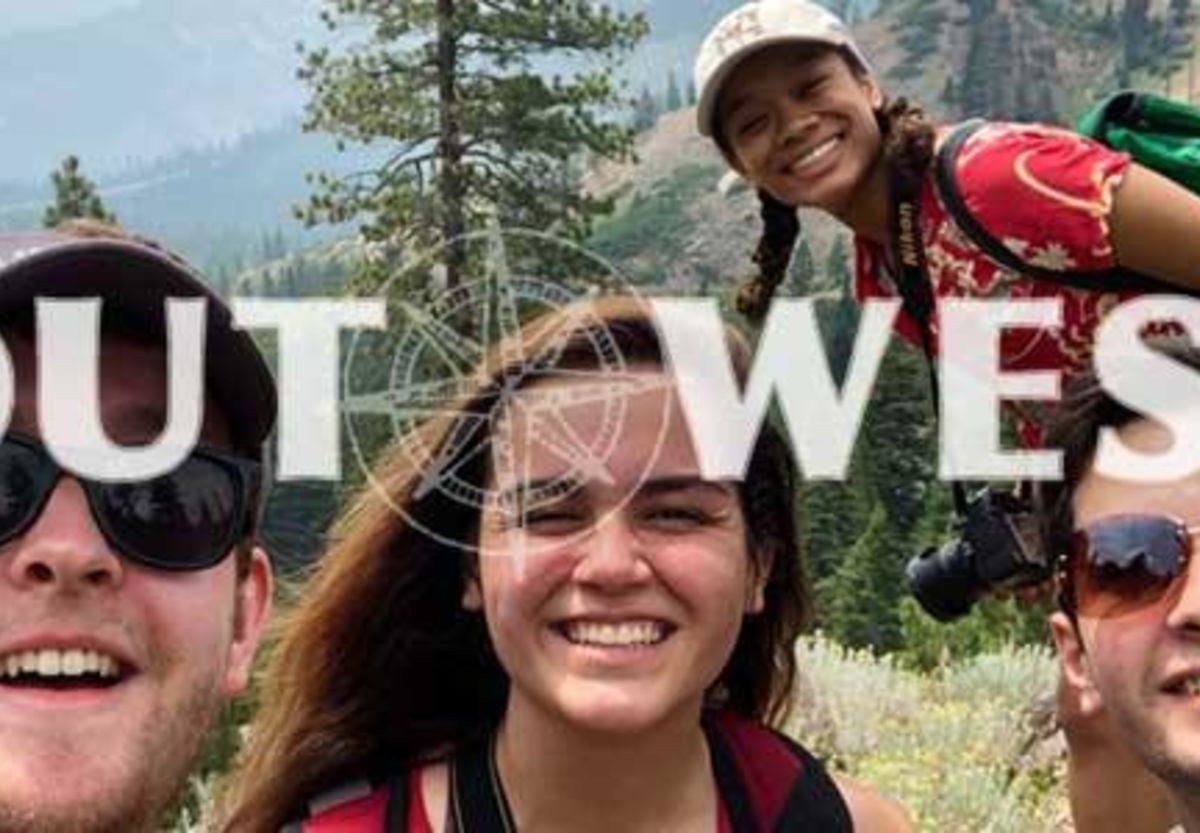
The “Out West” Student Blog
The Out West blog is a forum for students to share their internship experiences and research results. The Center offers 10-15 immersive and unique internship experiences each summer for Stanford undergraduates. Read about their experiences living and work
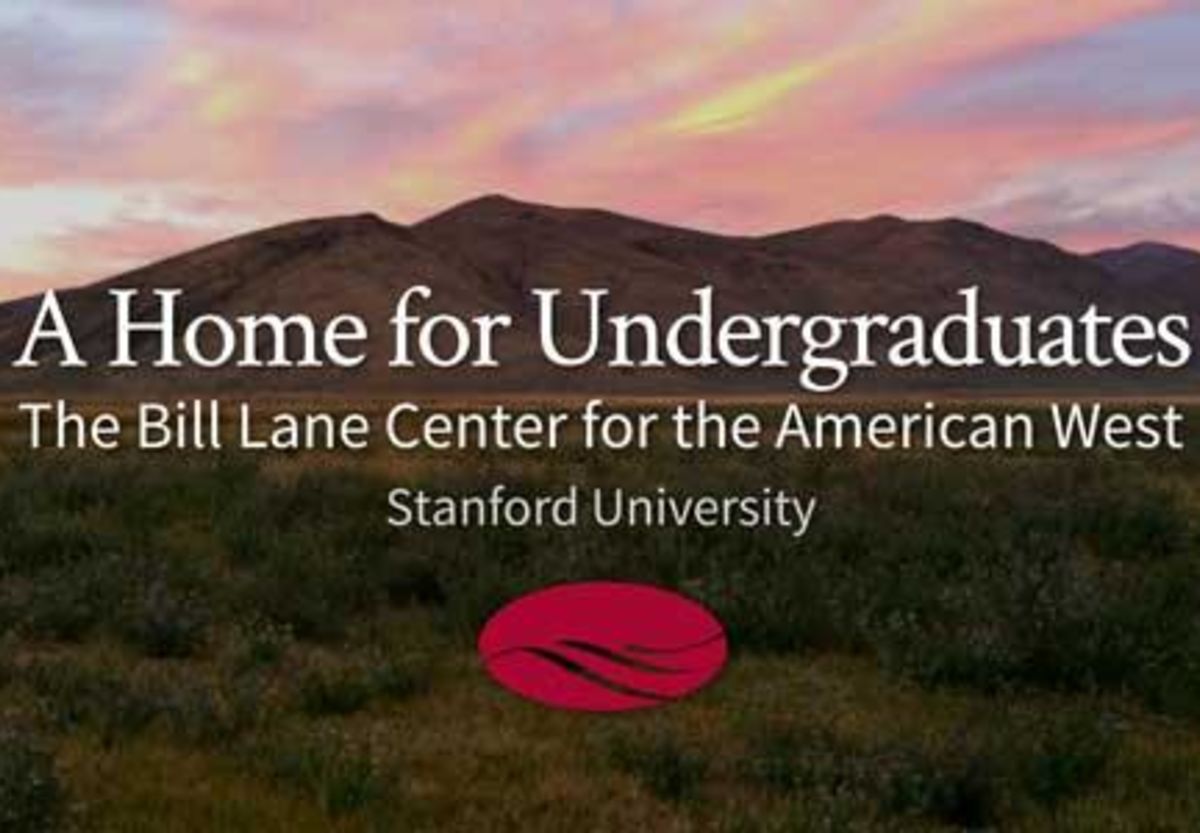
Video: A Home for Undergraduates
From working at organizations around the West to interdisciplinary courses and research projects on campus, Stanford undergraduates describe the transformative role of the Bill Lane Center for the American West on their academic careers.
Recent Center News
Image Credit: Getty Images
